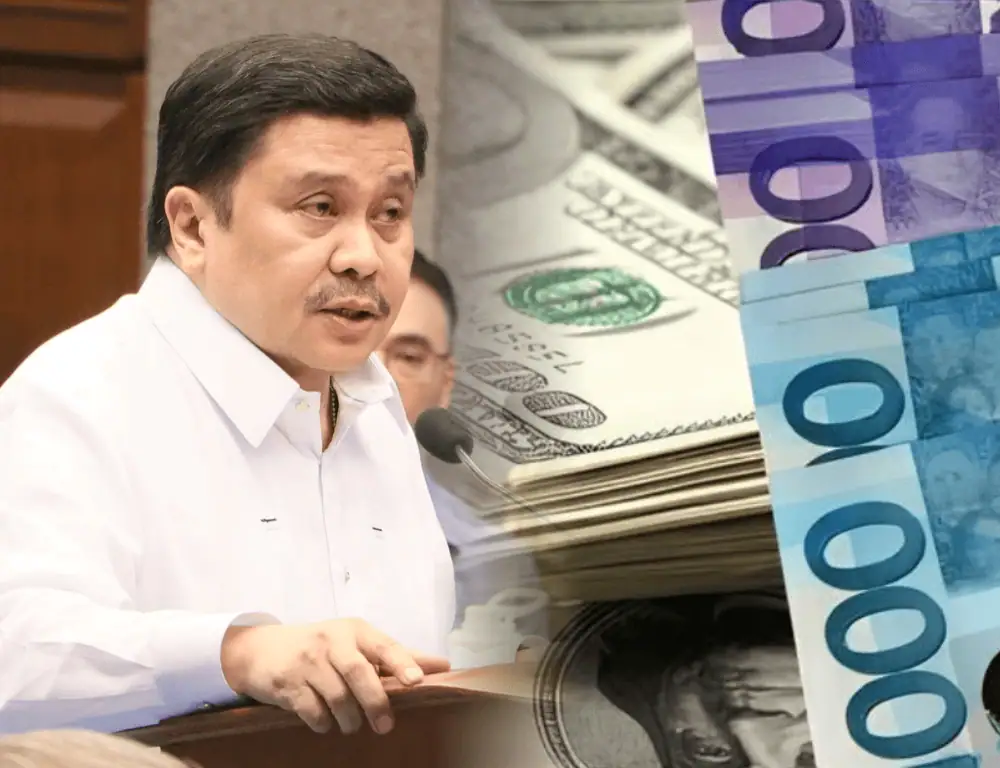
Growth of the Philippine economy is expected to remain robust despite heightened geopolitical tensions in the Middle East, the World Bank said.
In its Philippine Economic Update (PEU) released on Tuesday, the World Bank said Philippine economic growth is projected to grow at an average of 6 percent over 2024 to 2026 which will help sustain poverty reduction.
“The Philippines is expected to continue growing in a robust way, to continue being among the fastest growing countries in the region and we are expecting an average 6% growth over the next three years 2024-2026,” World Bank lead economist Gonzalo Varela said in a separate briefing held at the World Bank office in Bonifacio Global City.
The World Bank projects Philippine economic growth to settle at 5.9 percent in 2024, slightly lower than the earlier 6 percent forecast.
Varela said the revision was due to the impact of adverse weather events that led to lower-than-expected growth in the third quarter of 2024.
“But over the term, strong growth is going to put the country in a better position to continue advancing on poverty reduction, supported mainly by improvements in household incomes and also by job creation,” he said.
Philippine economic growth is expected to accelerate to 6.1 percent in 2025 and 6 percent in 2026.
The World Bank’s report said the outlook will be anchored on improving conditions for private domestic demand such as easing inflation, more accommodative monetary policy, and the government’s commitment to sustained public investment.
According to the World Bank, robust growth is expected to boost poverty reduction due to improvements in household incomes, strong job creation, and continuing economic recovery.
“More jobs have been created as of recently. Now these jobs, the economic recovery and the government’s continued social protection programs has meant that poverty rates have also declined,” World Bank Senior Economist Jaffar Al-Rikabi said.
Poverty incidence based on the lower-middle-income country poverty line of USD3.65 per day, 2017 PPP (purchasing power parity) is projected to decrease from 15.5 percent in 2023 to 13.6 percent to 11.3 percent by 2026.
Risks to growth
The PEU, however, flagged local and global risks that could hamper growth in the near term.
“The first key downside risk is increased uncertainty with respect to trade distorted measures introduced by large economies that could drag on growth,” Al-Rikabi said.
He added the slump in China’s property sector, which could further weaken domestic demand, could have negative spill-overs on the Philippines and other countries in the region, hitting trade, manufacturing, and tourism.
“The third key risk downside that we flag is intensification of conflict, particularly in geopolitical tensions in the Middle East, could impact on commodity prices, which of course would have inflationary effects in terms of both food and fuel for the Philippines,” Al-Rikabi said.
Within the Philippines, the World Bank said higher inflation could also erode people’s incomes and constrain private consumption if it is not well managed.
Adverse weather conditions may also hamper farm production and cause disruptions for tourism, construction, and industrial activities.
Policy recommendations
To unlock sustainable growth in the long term, Al-Rikabi cited the importance of accelerating digital transformation.
“Advancing the digital economy, including by encouraging greater adoption of core digital technologies by businesses, can expand the country’s growth potential. Increased digitalization could provide expanded market access, build resilience to economic shocks, and increase the country’s productivity, efficiency, and competitiveness,” he said.
Investing in human capital is just as crucial for the Philippines to sustain its growth and seize the opportunity for a ‘demographic dividend,’ which will only last for the next 20–25 years, Al-Rikabi added.
He said the Philippines stands out as one of the few East Asian nations that can potentially achieve prosperity before its population ages significantly. (Anna Leah Gonzales, PNA)











